"EU continues to debate a plan cap the percentage of biofuels made from food crops, with a final vote due to occur on 10 July...Most of the environmental impacts cited in the EEA report are a result of deforestation, draining of peatlands and other land clearance for biofuels, together known as indirect land use change (ILUC)."
News articles include:
Biofuel crop mix 'not favourable for environment'. A report by the European Environment Agency found benefits vary significantly depending on the source of crops
http://www.guardian.co.uk/environment/2013/jul/03/biofuel-crop-mix-environment
EU votes on crucial cap on biofuels made from food crops. Campaigners fear lobbying by industry and farmers' unions will weaken plans to limit role of food crops in biofuels production
http://www.guardian.co.uk/global-development/2013/jun/19/eu-votes-biofuels-food-crops
Sustainable palm oil: how successful is RSPO certification? The industry's certification body champions the multi-stakeholder approach, but it needs to move faster. Oliver Balch interviews the organisation's secretary general
http://www.guardian.co.uk/sustainable-business/sustainable-palm-oil-successful-rspo-certification
News articles include:
Biofuel crop mix 'not favourable for environment'. A report by the European Environment Agency found benefits vary significantly depending on the source of crops
http://www.guardian.co.uk/environment/2013/jul/03/biofuel-crop-mix-environment
EU votes on crucial cap on biofuels made from food crops. Campaigners fear lobbying by industry and farmers' unions will weaken plans to limit role of food crops in biofuels production
http://www.guardian.co.uk/global-development/2013/jun/19/eu-votes-biofuels-food-crops
Sustainable palm oil: how successful is RSPO certification? The industry's certification body champions the multi-stakeholder approach, but it needs to move faster. Oliver Balch interviews the organisation's secretary general
http://www.guardian.co.uk/sustainable-business/sustainable-palm-oil-successful-rspo-certification









